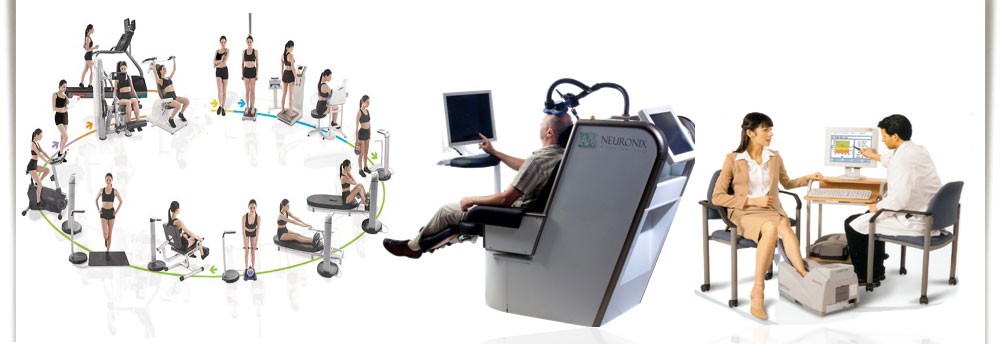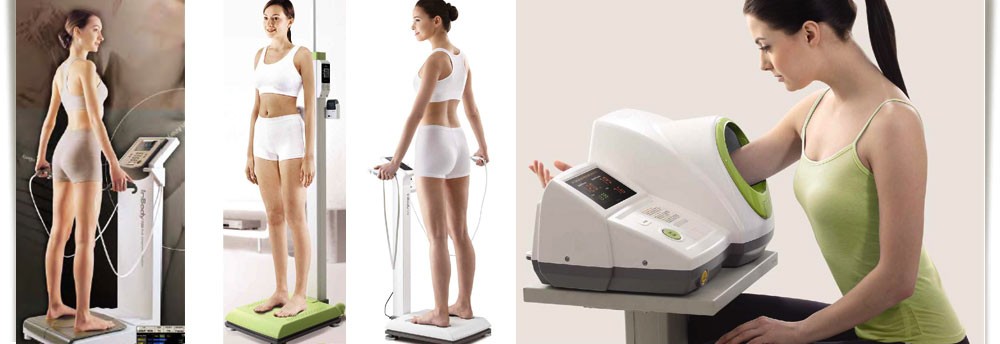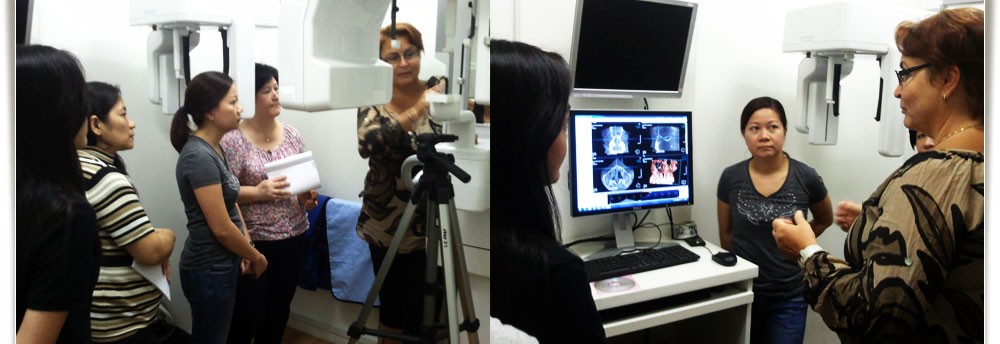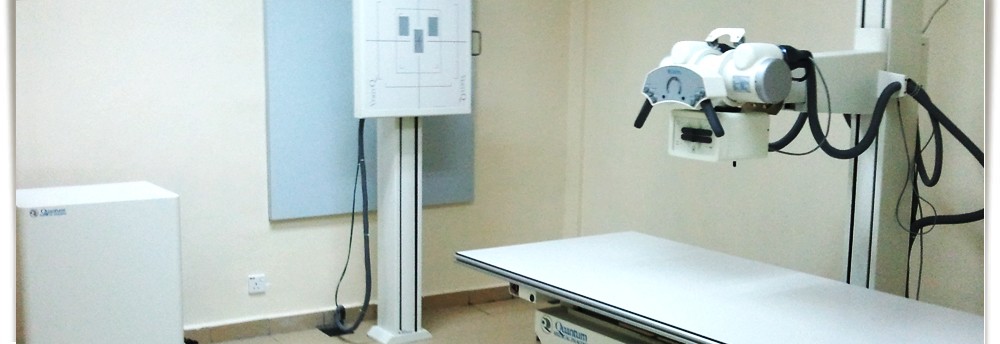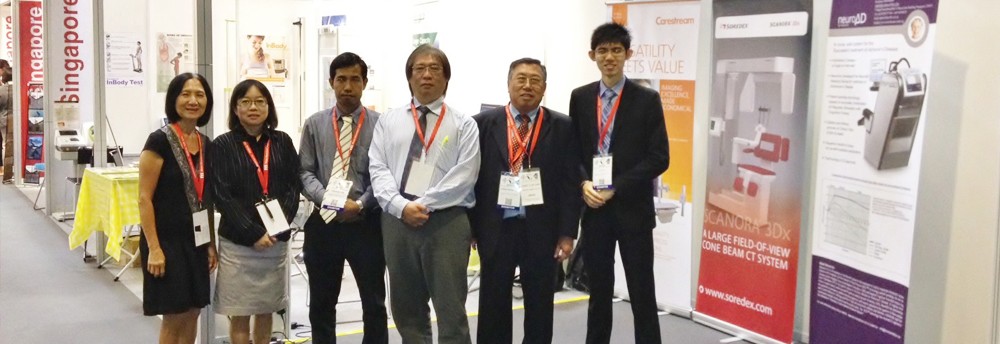DC Machines
100 years and one iota quieter!
Although recently the DC machine has been getting more and more competition from asynchronous machines fed by frequency converters, it is still the machine of preference in some areas of drive technology.
Leybold Didactic offers the entire spectrum of DC machines – shunt-wound, series-wound as well as compound-wound machines – in the power classes 0.3 kW and 1.0 kW. With its modular design there is a particular emphasis placed on conveying the fundamentals of rotating machines. Start up and operating circuits and auxiliary mechanisms as well as the determination of the mechanical and electrical characteristics complete the exercises. Further investigations are made on its response to automatic current and speed control.
2.1 DC Motors
Whether it be for high-inertia starting, use in stone-crushers or cement works or in ironworks, the DC motors are indispensable. Their ability to handle high peaks in torque as well as the linearity of their speed characteristics over a broad range are areas where they excel. These machines can also still be found in the small motor range when there is only DC power available (e.g. automotive).
Topics
Fundamentals
Design and function how the commutator works armature reaction and commutation
Shunt-wound machine
Operation with constant rotation speed self-excitation process current-voltage characteristics
Operation with constant voltage, operating response, characteristics of motors, load characteristics, possibilities of speed adjustment and load setting starting and braking
energy conversion
Series-wound machine
Operation with constant voltage possibilities of speed adjustment starting and braking energy conversion
2.2 DC Generators
Driven by the AC pendulum machine (0.3 kW machine class) or the DC pendulum machine
(1.0 kW machine class) typical investigations of operating conditions can be performed on the various generator types – self-starting or externally excited – both conventionally and with computer-support. For that reason the control unit of the 0.3 kW AC pendulum machine is equipped with a PC interface while the 1.0 kW DC pendulum machine can communicate with the computer via CASSY-S.
Topics
– Fundamentals of DC voltage generation
– Design and function
– Characteristics of generators:
No-load characteristics
Self-excitation
Load characteristics
– Types of DC voltage generators:
Shunt-wound generator
Series-wound generator
– Generators under load
– Energy conversion
– Power balance
